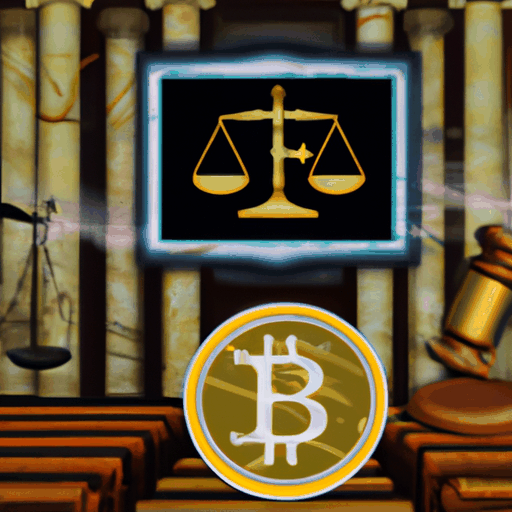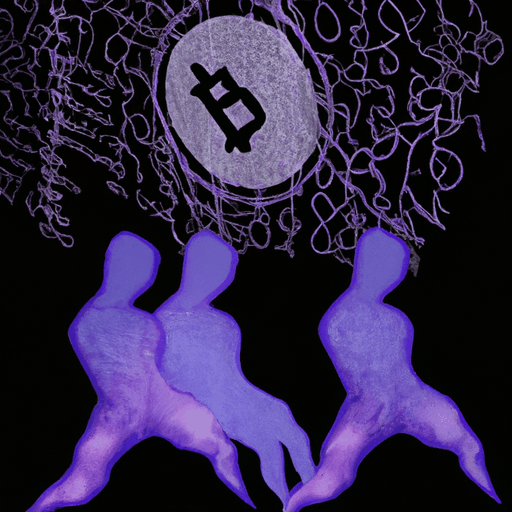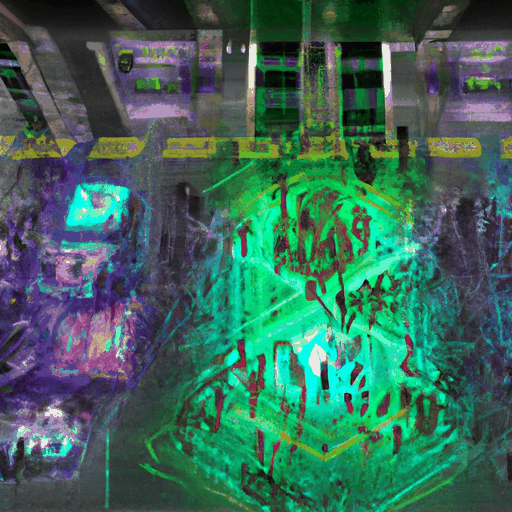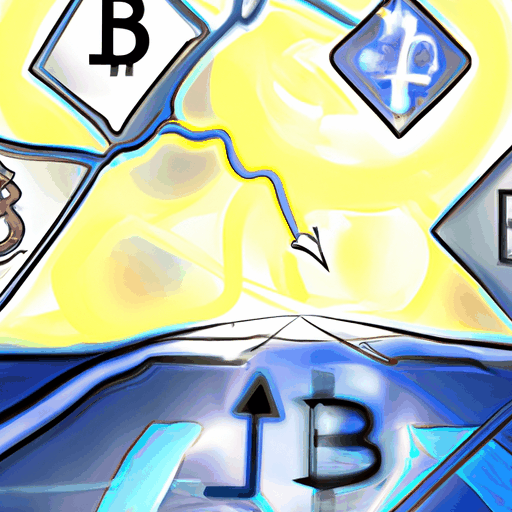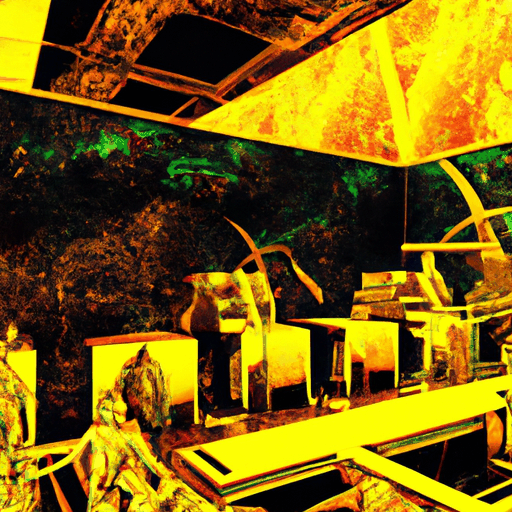
Tether Strengthens Presence in Gold Amid Rising Market Demand
By: Eva Baxter
Tether, the issuer of the world’s largest stablecoin, USDT, is making significant strides towards expanding its investments in the gold sector. Known for its stablecoin products, Tether is now reportedly discussing new ventures in gold mining, as part of a broader strategy to diversify and deepen its market presence beyond digital finance. According to a Financial Times report, Tether has been engaging with mining and investment groups to explore comprehensive opportunities within the gold supply chain, which includes mining, refining, trading, and royalties.
The timing of these discussions aligns with a renewed surge in gold prices, as global economic uncertainties drive investors towards safer assets. As of now, gold prices have reached a record high of $3,550 per ounce. This price rally provides an encouraging backdrop for Tether's increasing interest in the gold market, especially as the company aims to integrate tangible assets with blockchain technology, enhancing both stability and credibility.
Tether's prior ventures into gold reveal a calculated move into this market. Earlier in the year, Tether invested approximately $90 million to acquire a substantial stake in Elemental Altus Royalties Corp, a Canadian company focused on gold royalties. Recently, Tether expanded this stake with an additional $100 million investment. Simultaneously, Tether's own digital gold product, Tether Gold (XAUT), represents a crucial aspect of their gold-related initiatives. Reports indicate that Tether Gold is backed by over 7.66 tons of gold stored in Switzerland, marking a significant alignment of their reserves towards physical assets.
Additionally, Tether continues to dominate the stablecoin market, with USDT’s transfer volume reaching a record $1.32 trillion in August. With a circulating supply surpassing $170 billion, USDT accounts for over half of the total stablecoin market, underscoring its role as a vital component of global cryptocurrency liquidity. As Tether strengthens its position within both digital and physical asset domains, its strategy exemplifies the merging of traditional asset security with the innovation of blockchain finance.
